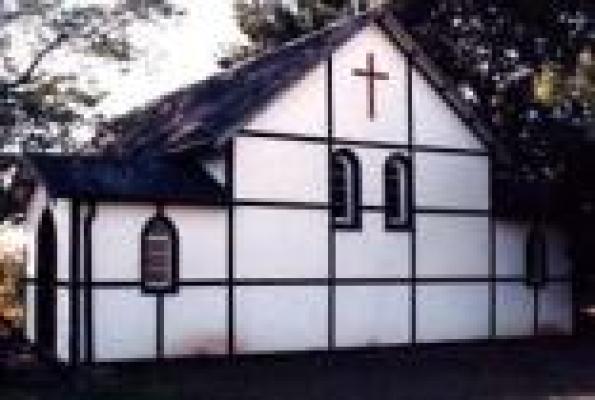Dewetsdorp lies on the R702, just 75km south-east of the bustle of Bloemfontein. Most of the town's attractions and tourist sites relate to the struggle of the soldiers in the Anglo-Boer War. Named after Jacobus Ignatius de Wet, the father of General Christiaan de Wet of Anglo-Boer War fame on the farm Kareefontein.
Jacobus de Wet was field-cornet for this area and, for reasons of security, campaigned for a village in the vicinity of the farm Kareefontein. An application to establish one was refused by the Volksraad in 1876. Despite this, De Wet and others bought Kareefontein and divided it into residential stands. Three years later he again applied for Kareefontein to be recognised as a village. In 1880 it was duly proclaimed under the name Dewetsdorp. It became a municipality in 1890.
During the Anglo-Boer War the town was occupied by a British garrison after Bloemfontein had fallen. On 19 November 1900 General Christiaan de Wet attacked the garrison commanded by major W.G. Massy, who surrendered four days later.
The 2 260 square km district is prime sheep and cattle ranching country. The main crops are wheat and maize.



